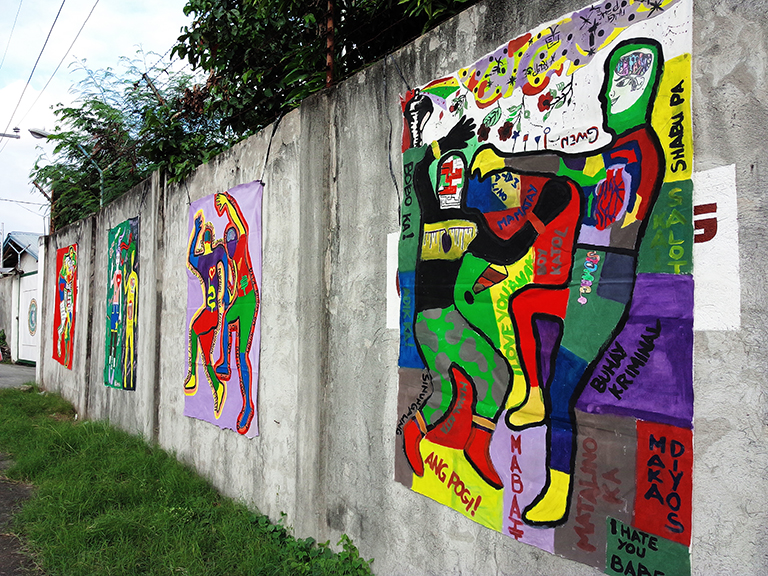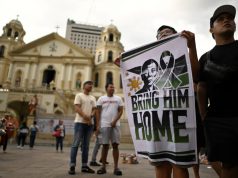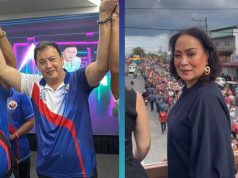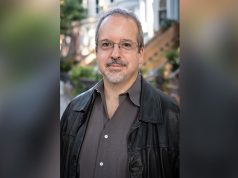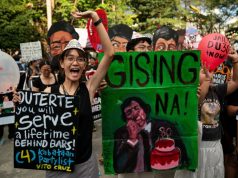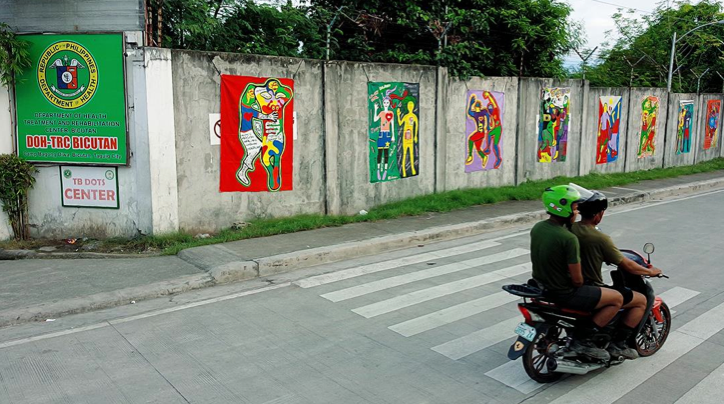
A public art installation made by drug rehab patients culminated the latter’s three-day Visual Arts Therapy program of the Department of Health (DOH) Treatment and Rehabilitation Center in Bicutan,Parañaque City.
The socially engaged art project aims to contribute in the personal development of the surrendered drug dependents through an art workshop and production called 5K: Katauhan-Kakayanan-Kapwa-Karanasan-Karapatan.
Visual artist Ralph Eye collaborated with some 30 participating artists in creating HATOL: Between Charges and Chances. A press release on the project shared that Eya and the participating patients had to go through the “creative process of undefining, defining, and redefining consciousness about identity, capacity, community, and the universality of our human rights and our experiences. The collaborative site-specific art installation piece examines the concept of hatol in the context of the drug war in the Philippines.
“Amidst the judgment we face every single day, may it be simply through social media communication or violently through extrajudicial executions, how do we exist in between charges and chances? Do we just declare another statement? Or do we fight to express and progress our humanness?”
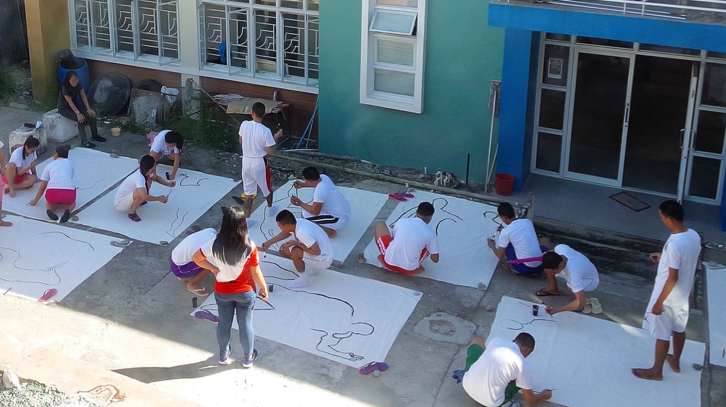
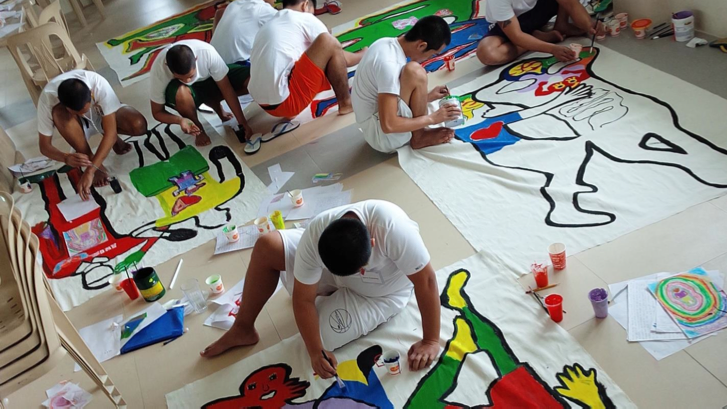
The images remind viewers of the marks left on a crime scene where the bodies of killed drug suspects are traced at the scene.
According to Eya, these are “recreated body maps.” He shares, “Contrary to how we usually perceive these marks, body map or body mapping is an artistic therapeutic process that enables us to create and explore our katauhan with all the elements and stories that goes with it. The outline of the human figure is formed directly from the physical self, creating a life-size depiction of the body. Body mapping aims to map out the whole self and our natural kakayanan. A body map is not a mark of death, it is a mark of an identity.

On the contrary, Eya added, the marks are not meant to reduce the casualties of the administration’s drug war into mere statistics but to “create identity. We undefine marks.”
Eya noted that the exercise invites both the participants and the viewing public to take a deeper understanding of the experience and its context in the community and country. “We do not eliminate each other, we support each other. We define our common experience.
“Our experiences continue to be challenged every day. Every word is an allegation. Every act is a judgment. Every moment is a charge. In these trying times, if we all become what this system wants us to become, to be heartless human beings incapable of love, hope, and mutual trust, to be incapable of respecting each other’s right to life, then the so called change has seemingly come. And if this change is truthful, charge us with what we truly deserve. Charge us with our “karapatan”. Charge us with human rights.
“Charge us with education. Charge us with inclusion. Charge us with genuine social transformation. For what is in every HATOL: Between Charges and Chances is every human life.”
